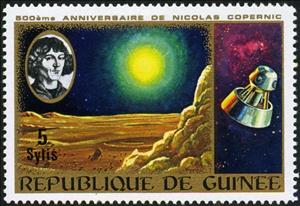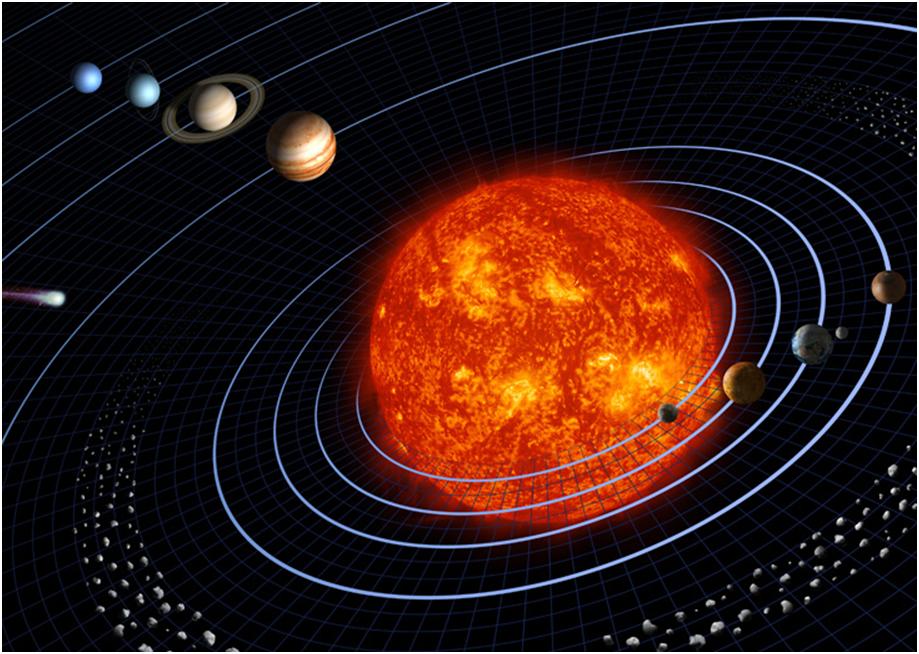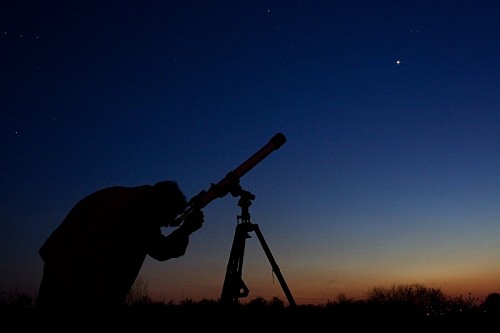Stamp: Surface of the Moon, spaceship (Guinea, Social Democratic Republic 1973)
Surface of the Moon, spaceship (Guinea, Social Democratic Republic 1973)
17 December (Guinea, Social Democratic Republic ) within release Nicolas Copernicus goes into circulation Stamp Surface of the Moon, spaceship face value 5 Guinean syli
| Stamp Surface of the Moon, spaceship in catalogues | |
|---|---|
| Michel: | Mi:GN 681 |
Stamp is square format.
Also in the issue Nicolas Copernicus:
- Stamp - Nicolas Copernicus- Moon surface, Solar System face value 0.50;
- Stamp - Nicolas Copernicus- Moon surface face value 2;
- Stamp - Surface of the Moon, spaceship face value 5;
- Stamp - Nicolas Copernicus- Saturn, Solar System face value 20;
- Stamp - Nicolas Copernicus face value 20;
- Souvenir Sheet - Nicolas Copernicus face value 80;
Stamp Surface of the Moon, spaceship it reflects the thematic directions:
Celestial bodies or heavenly bodies are objects in space such as the sun, moon, planets, and stars. They form a part of the vast universe we live in and are usually very far from us.
The Moon is Earth's only natural satellite. It orbits at an average distance of 384,400 km (238,900 mi), about 30 times the diameter of Earth. Tidal forces between Earth and the Moon have over time synchronized the Moon's orbital period (lunar month) with its rotation period (lunar day) at 29.5 Earth days, causing the same side of the Moon to always face Earth. The Moon's gravitational pull – and to a lesser extent, the Sun's – are the main drivers of Earth's tides.
A spacecraft is a vehicle that is designed to fly and operate in outer space. Spacecraft are used for a variety of purposes, including communications, Earth observation, meteorology, navigation, space colonization, planetary exploration, and transportation of humans and cargo. All spacecraft except single-stage-to-orbit vehicles cannot get into space on their own, and require a launch vehicle (carrier rocket).
An astronomer is a scientist in the field of astronomy who focuses their studies on a specific question or field outside the scope of Earth. They observe astronomical objects such as stars, planets, moons, comets and galaxies – in either observational (by analyzing the data) or theoretical astronomy. Examples of topics or fields astronomers study include planetary science, solar astronomy, the origin or evolution of stars, or the formation of galaxies. A related but distinct subject is physical cosmology, which studies the Universe as a whole
Outer space (or simply space) is the expanse that exists beyond Earth's atmosphere and between celestial bodies. It contains ultra-low levels of particle densities, constituting a near-perfect vacuum of predominantly hydrogen and helium plasma, permeated by electromagnetic radiation, cosmic rays, neutrinos, magnetic fields and dust. The baseline temperature of outer space, as set by the background radiation from the Big Bang, is 2.7 kelvins (−270 °C; −455 °F)





